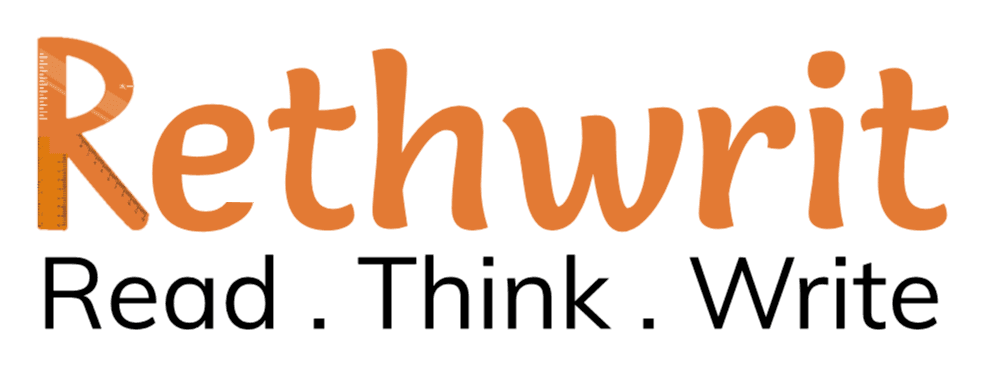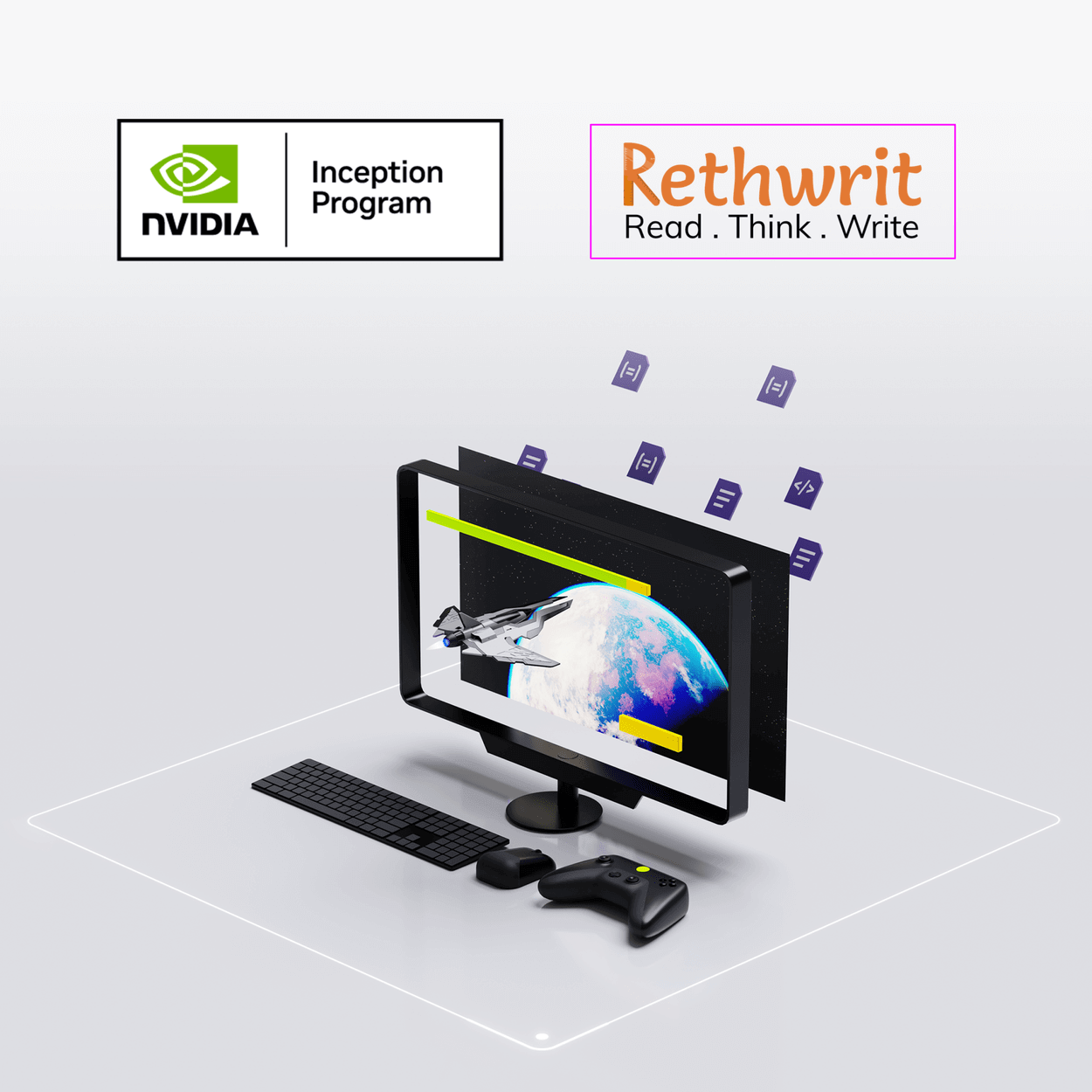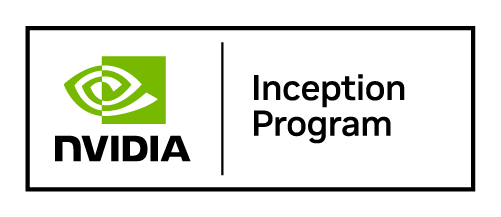NCERT Solutions for Control and Coordination Class 10 Chapter 6 Science has all the solutions to the questions provided in the NCERT Book of the latest edition.
Students are advised to practice all the questions to get good marks in the board examination.
| Textbook | NCERT |
| Class | 10 |
| Subject | Science |
| Chapter | 6 |
| Chapter Name | Control and Coordination |
| Category | NCERT Solution |
Control and Coordination Intext Questions Page 105
What is the difference between a reflex action and walking?
Answer
Reflex is an involuntary action which occurs suddenly without our thought and the spinal cord is involved.
While walking is a voluntary action which occurs after we think and the cerebellum of our brain is involved.
What happens at the synapse between two neurons?
Answer
Synapse is a junction of pre and postsynaptic neurons. In this junction, the signal is transmitted from the pre-synaptic neuron to the post-synaptic neuron via chemical messenger vesicles present.
Which part of the brain maintains posture and equilibrium of the body?
Answer
Cerebellum part of our brain
How do we detect the smell of an agarbatti (incense stick)?
Answer
When we inhale the smell of an agarbatti is detected by olfactory receptors in our nose and sends signals to the olfactory lobe present in the forebrain via nerve where it is analyzed.
What is the role of the brain in reflex action?
Answer
The brain plays no role in reflex action. As we sense a certain danger our spinal cord sends signals instantly to withdraw from danger. So, the brain plays no role in reflex action, but the brain knows that signal has been sent and the after response to avoid danger.

Control and Coordination Intext Questions Page 108
What are plant hormones?
Answer
Plant hormones also called phytohormones are chemical compounds produced in trace quantities in specific parts of the plant and transported to other parts according to the need.
How is the movement of leaves of the sensitive plant different from the movement of a shoot towards light?
Answer
The movement of leaves of sensitive plants is not a growth-related movement but shoot movement towards light is growth-related and known as phototropism. The leaf movement is not direction stimulated while the shoot movement is direction stimulated.
Give an example of a plant hormone that promotes growth.
Answer
Gibberellin promotes growth of stem in sugarcane.
How do auxins promote the growth of a tendril around a support?
Answer
When a tendril comes in contact with the support, the auxin produced moves to the side which is not in contact. This promotes growth of the cells of tendril and causes rounding around the support.
Design an experiment to demonstrate hydrotropism.
Answer
- Take a large pot and add sand in it, then place a sprouted pea seed in it.
- Then place a clay cup with water in it a little away from the pea seed.
- Wait for some days.
- Result: The roots of the seed will move towards the water pot.
- Therefore this shows hydrotropism of plants.
Control and Coordination Intext Questions Page 111
How does chemical coordination take place in animals?
Answer
Chemical coordination is maintained by hormones which are produced in the endocrine gland and directly poured in blood to reach the target organ.
Why is the use of iodised salt advisable?
Answer
As iodine is important for the development of thyroid hormone which on deficiency can cause hypothyroidism or goiter.
How does our body respond when adrenaline is secreted into the blood?
Answer
Adrenaline is also called flight hormone which when reaches the target organ will cause them to function in a way to tackle the problem.
Example:
- The Adrenaline when it reaches the heart will increase the heart rate.
- It causes dilation of pupils.
- It enhances the sense of sight and smell.
Why are some patients of diabetes treated by giving injections of insulin?
Answer
Insulin is secreted by pancreas which in turn reduces the blood glucose level. In diabetic patients the insulin is not or less produced so the blood glucose level is very high so they are given insulin injections to control the blood glucose level
Control and Coordination Exercise Questions
Which of the following is a plant hormone?
Answer
D) Cytokinin
The gap between two neurons is called a
Answer
B) Synapse
The brain is responsible for
Answer
D) All of the above
What is the function of receptors in our body? Think of situations where receptors do not work properly. What problems are likely to arise?
Answer
Receptors are present all over the body. They are mainly found in eyes, skin, nose, tongue etc. They sense the changes occurring in the surroundings and our body and send signals to the brain.
They won’t be working properly if they are damaged or may be affected by certain drugs which suppresses their function.
The body won’t be able to get the correct information and may lead to danger.
Draw the structure of a neuron and explain its function.
Answer
The neuron consists of three parts:
- Dendrites
- Cell body, and
- Axon
Dendrites is a filamentous structure present, they acquire information from multiple neurons around it and pass the information to the cell body.
The cell body has multiple dendrites present in it, and the cell body passes information from the dendrite to the axon.
The axon has a long tube-like structure and axon endings which pass the information to the next neuron via synapse.

How does phototropism occur in plants?
Answer
The movement of the shoot towards the light source is called phototropism.
This occurs as auxin acts on the shaded side of the shoot and the number of cells increases in this area through division as compared to area under light.
Which signals will get disrupted in case of a spinal cord injury?
Answer
The reflex action will get disrupted and the signals from the brain will not be delivered to various organs and vice versa.
How does chemical coordination occur in plants?
Answer
Plants show chemical coordination through phytohormones or plant hormones. These are produced in trace amounts and may help in growth of plants or inhibit.
The growth promoters are auxin, gibberellin, cytokinins and ethylene. The growth inhibitors are ethylene.
What is the need for a system of control and coordination in an organism?
Answer
The maintenance of the body functions in response to changes in the body by working together of various integrated body systems is known as coordination.
The need for control and coordination is to maintain the normal function of the body.
Example: when we touch a hot pot we instantly move our hand away from it, this movement will not occur if there is no control and coordination present in our body.
How are involuntary actions and reflex actions different from each other?
Answer
| Involuntary Action | Reflex Action | |
|---|---|---|
| Definition | These movements are not in our control and they are under direct control of the brain. | These are rapid movements occurring instantly. |
| Example | Beating of heart | Jerk reflex when someone touches hot pot |
Compare and contrast nervous and hormonal mechanisms for control and coordination in animals.
Answer
| Long-lasting | Nervous Control | Hormonal Control |
|---|---|---|
| Controlled by | Brain and spinal cord | Hormones |
| Target Specific | No | Yes |
| Time duration | Short duration | Long lasting |
| Example | Walking, Running | Growth of body by growth hormone |
What is the difference between the manner in which movement takes place in a sensitive plants and the movement in our legs?
Answer
| Movement by Legs | Movement by sensitive plant |
|---|---|
| Controlled by the nervous system present | There is no specialized system for conduction of impulse |
| Muscle cells contacts and then retracts for movement | Plant cells changes shape by losing water |
Hope NCERT Solutions for Class 10 Science Chapter 6 Control and Coordination, helps you in solving problems. If you have any doubts, drop a comment below and we will get back to you.


